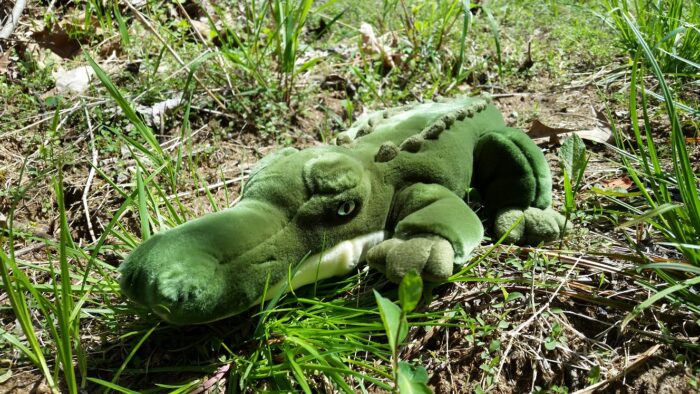The American alligator (Alligator mississippiensis) is a common staple of swamp wildlife in North America; particularly in places such as North Carolina, Florida, and Louisiana. Souvenir shops in these states abound with alligator paraphernalia, and you might even see one in one of the rivers or swamps in these states.
Classification: Alligators & Crocodiles
American Alligator (Wild Life by Schleich)
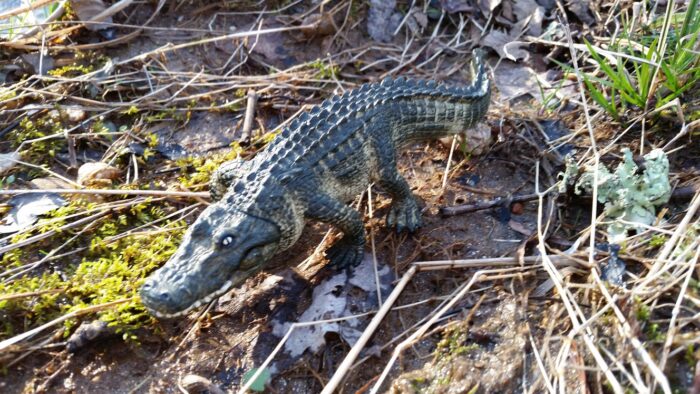
I am aware that there is quite a lot of complaining about perceived accuracy flaws in Schleich’s dinosaur toys, but I have to say that since my formerly local Tractor Supply store began carrying them, I have been impressed with the realism of their animal toys. (Note to editor: by the way I’d like to give a shout out to the Dino Toy Blog here and let them know that I have Schleich’s new Allosaurus and would be happy to review it for the Dinosaur Blog).
Endangered Species Reptiles Box (Colorata)
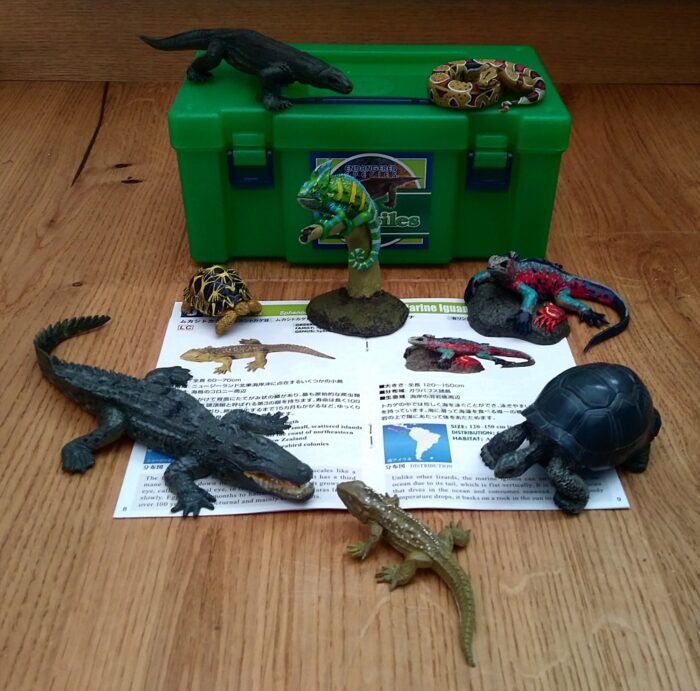
Review and images by Lanthanotus; edited by bmathison1972
Colorata is a Japanese company that has been around for several decades. The internet and global market made their models available to the world outside Asia and the quality of their products made them desirable collector items. A lot of Colorata’s figures have been released as parts of a box, set, of which there are quite a lot to choose from, “fossil fish”, birds of prey, sharks, dinosaurs, cats and a lot more.
American Alligator, 2013 (Wildlife by CollectA)
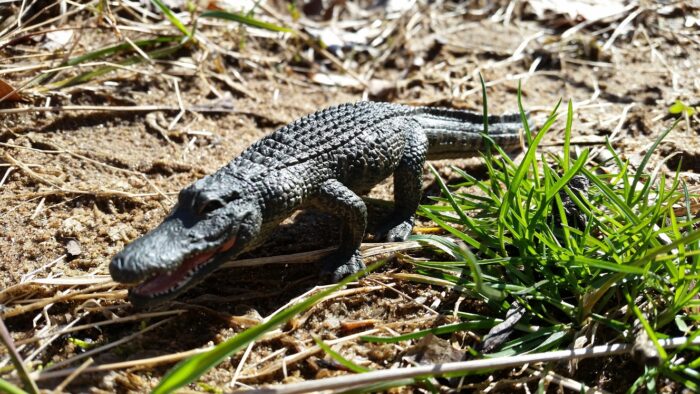
One of the things that distinguishes an alligator from a crocodile is that an alligator is usually dark gray, green, or black in color, sometimes with bright yellow bands on juveniles and more faded ones on some adults. Crocodiles are lighter in color, often very light greens and browns with mottling.
American Alligator, small (Flopsies by Aurora World)
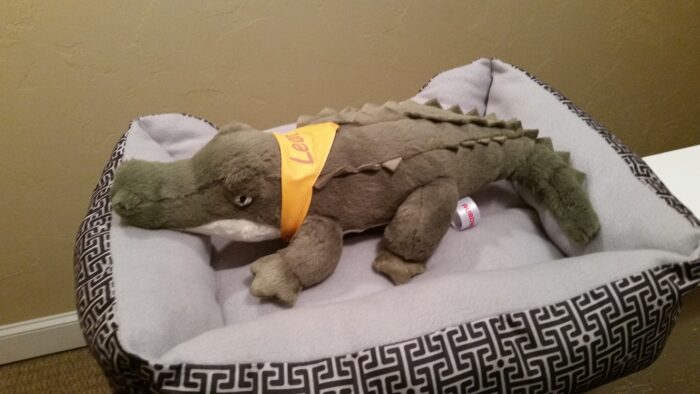
Alligators have held a unique appeal for me for many years since I was quite small. I remember watching an old VHS on reptiles in 2003 that prominently featured alligators. It was called “Crocodile Rocks: Itty Bitty Kiddy Wildlife.” The program played classic rock in the background, but was quite informative about alligators.
American Alligator (Wild Animals by Papo)
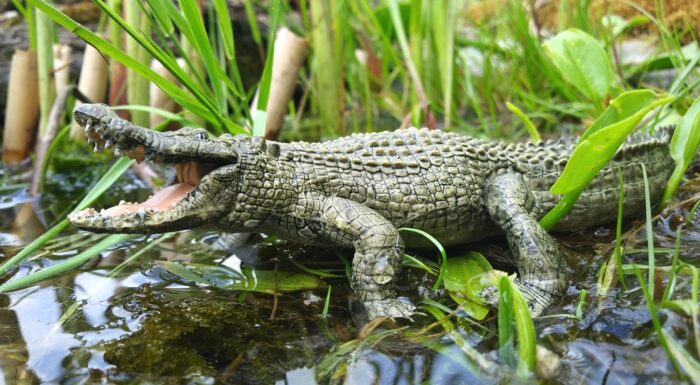
Review and images by Lanthanotus; edited by bmathison1972
A few weeks ago, forum member Sirenia introduced Papo’s gharial to this blog, a magnificent model of an unusual and fairly unpopular crocodile. The American alligator (Alligator mississippiensis) enjoys a much greater popularity, though if the species really “enjoys” its popularity may be a point to discuss, as with other crocodilians it suffers from hunting and habitat loss.
Gharial (Wild Animals by Papo)
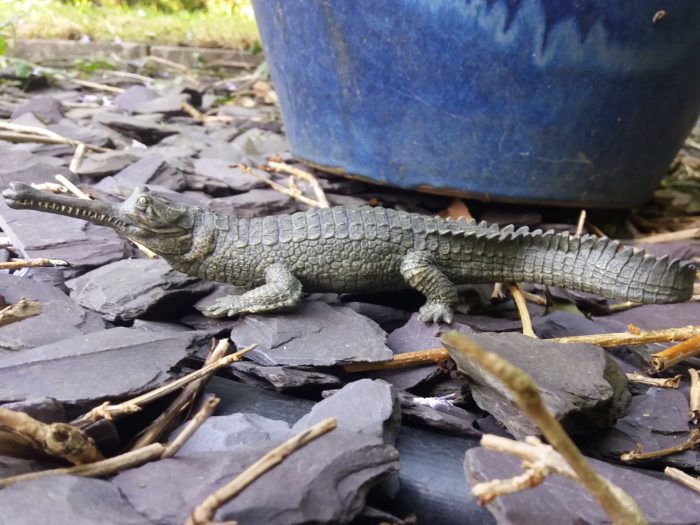
I have a keen love of crocodilians. They are fascinating, from their looks to their anatomy, and look very prehistoric. While many seem fairly similar, their are some interesting variants with this, such as this one: the gharial (Gavialis gangeticus), a fish eating crocodilian from India and China.
Cool Reptiles Bucket, Part 1 (COG Ltd)
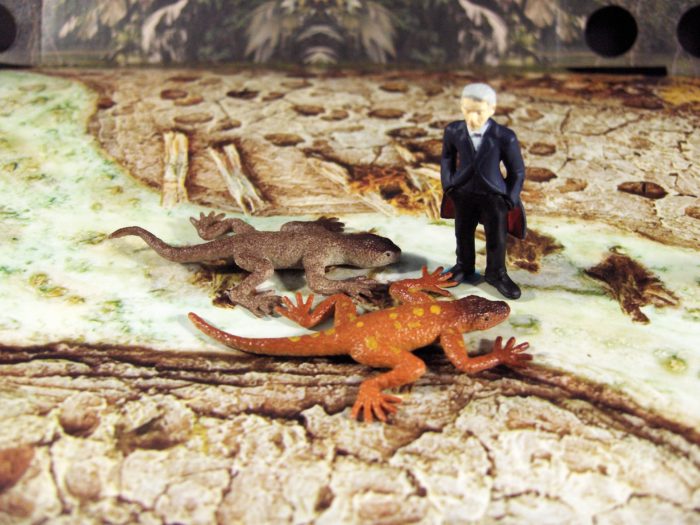
I’m back! Again! And this time I decided to approach a unique set, one that I have had for some time. It’s a bucket set produced by COG Ltd called Cool Reptiles–as will be seen in part 2, this name is a major misnomer (this is when the term “herptile” would be so handy)…Today, I am going to look over the reptiles.
Nile Crocodile, 2016 (Wild Life by Schleich)

Review and photographs by Suspsy; edited by bmathison1972
Crocodiles are some of the most awesome and ancient predators on Earth, and as such, they have proven quite the mainstay in the world of animal toys. Indeed, it is probably fair to say that they are the most popular and frequent reptiles to appear in toy form.
Land Down Under TOOB (Safari Ltd.)
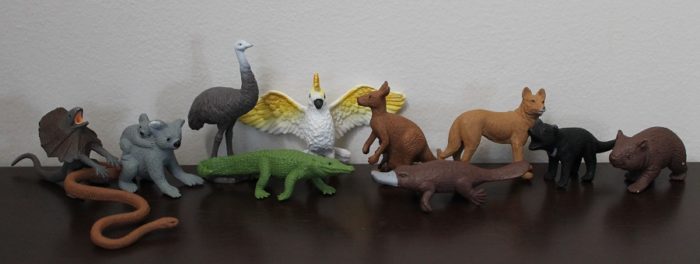
Australia, like all islands, is an isolated laboratory of sorts, one that offers a look at what the world might be like under different evolutionary pressures. The rest of the world at large operates in much the same way, no matter where you go; the placental mammals (cats, dogs, deer, antelope, etc.) dominate top tier niches.
Australia’s Deadliest Nature Tube (Wild Republic by K&M International)
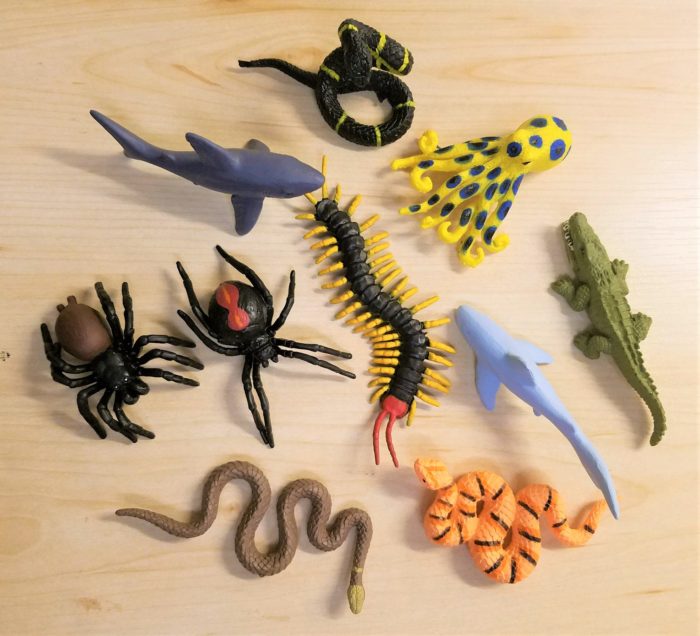
Review of the Australia’s Deadliest Nature Tube, by K&M International for the Wild Republic line. The set was released in 2018. To be honest, I bought this set specifically for the three arthropods, since I am a completist when it comes to arthropods identifiable to the species level. However, now that I am building a Synoptic Collection, I thought I could use the octopus too.
American Alligator, with babies (Incredible Creatures by Safari Ltd.)
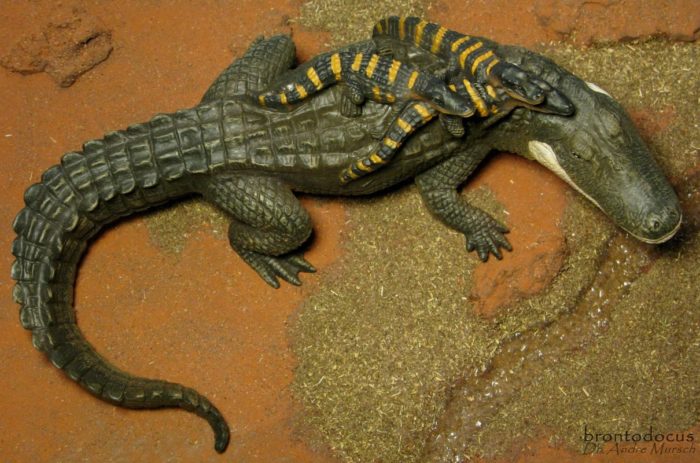
This walk-around covers the Incredible Creatures (American) Alligator with Babies, Alligator mississippiensis (Daudin, 1802). A huge figure, stretched out it would be approx. 481 mm total length and 242 mm snout-vent length. Considering normal adult lengths between 2.5 and 4.4 m (although larger specimens are known) the scale would be between 1:5 and 1:9.

